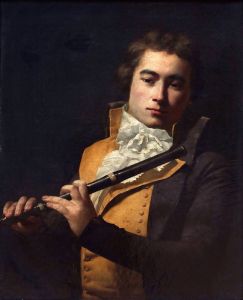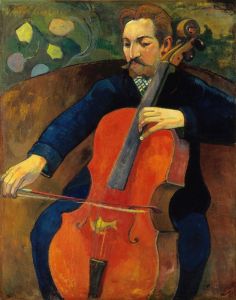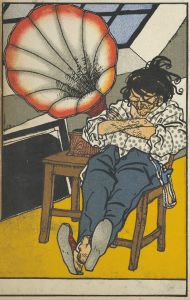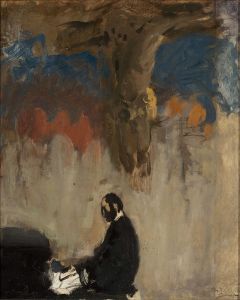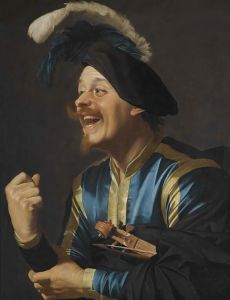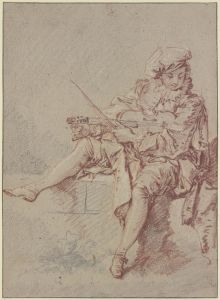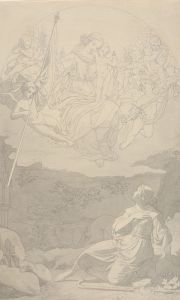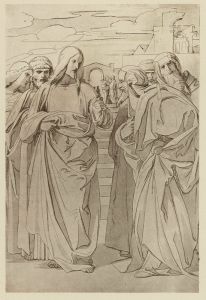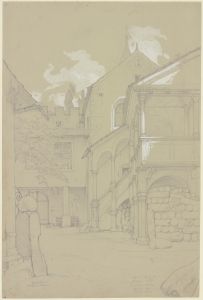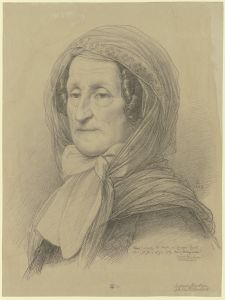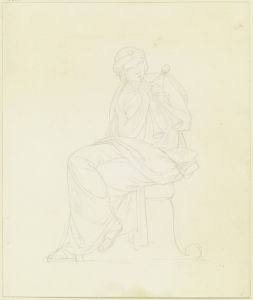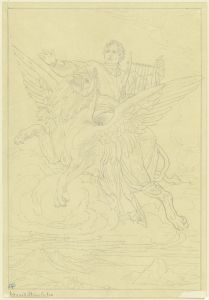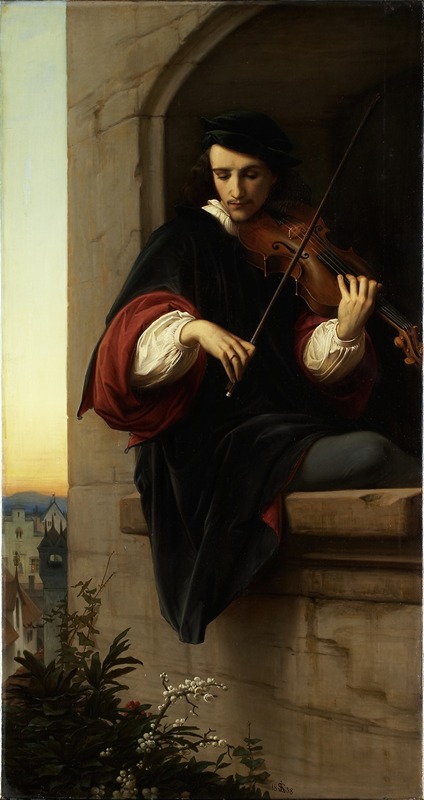
Violinist in the Belfry Window
A hand-painted replica of Eduard von Steinle’s masterpiece Violinist in the Belfry Window, meticulously crafted by professional artists to capture the true essence of the original. Each piece is created with museum-quality canvas and rare mineral pigments, carefully painted by experienced artists with delicate brushstrokes and rich, layered colors to perfectly recreate the texture of the original artwork. Unlike machine-printed reproductions, this hand-painted version brings the painting to life, infused with the artist’s emotions and skill in every stroke. Whether for personal collection or home decoration, it instantly elevates the artistic atmosphere of any space.
Eduard von Steinle (1810-1886) was a notable German painter associated with the Nazarene movement, which sought to revive honesty and spirituality in Christian art. One of his works, "Violinist in the Belfry Window," exemplifies his dedication to detailed, narrative-driven art.
"Violinist in the Belfry Window" is a painting that captures a serene and somewhat whimsical scene. The artwork depicts a young violinist positioned in a belfry window, playing his instrument. The belfry, typically part of a church or a large building, adds a sense of height and isolation to the scene, suggesting that the musician is somewhat removed from the hustle and bustle of everyday life below. This setting allows the viewer to focus on the solitary figure and the music he produces, which seems to transcend the physical space.
The painting is characterized by Steinle's meticulous attention to detail and his ability to convey a narrative through visual elements. The young violinist is dressed in simple, period-appropriate clothing, which helps to ground the scene in a specific historical context. The belfry itself is rendered with architectural precision, showcasing Steinle's skill in depicting structures and his interest in historical accuracy.
Steinle's use of light and shadow in "Violinist in the Belfry Window" is particularly noteworthy. The light streaming through the window illuminates the violinist, creating a focal point that draws the viewer's eye. This use of light not only highlights the central figure but also adds a sense of warmth and tranquility to the scene. The shadows cast by the belfry's architecture add depth and dimension, enhancing the overall composition.
The painting reflects the influence of the Nazarene movement, which Steinle was a part of. The Nazarenes aimed to return to the purity and spirituality of early Christian art, and this is evident in the contemplative and almost ethereal quality of "Violinist in the Belfry Window." The serene expression of the violinist and the peaceful atmosphere of the scene suggest a moment of introspection and connection with the divine, themes that were central to the Nazarene ethos.
Eduard von Steinle's work, including "Violinist in the Belfry Window," is celebrated for its narrative depth and technical proficiency. Steinle's ability to convey emotion and story through his paintings has earned him a lasting place in the history of art. His dedication to the principles of the Nazarene movement and his skillful execution of detailed, evocative scenes continue to be appreciated by art historians and enthusiasts alike.
In summary, "Violinist in the Belfry Window" by Eduard von Steinle is a testament to the artist's narrative skill and technical prowess. The painting's detailed depiction of a young musician in a serene, elevated setting, combined with Steinle's masterful use of light and shadow, creates a compelling and contemplative scene that reflects the spiritual and historical influences of the Nazarene movement.





